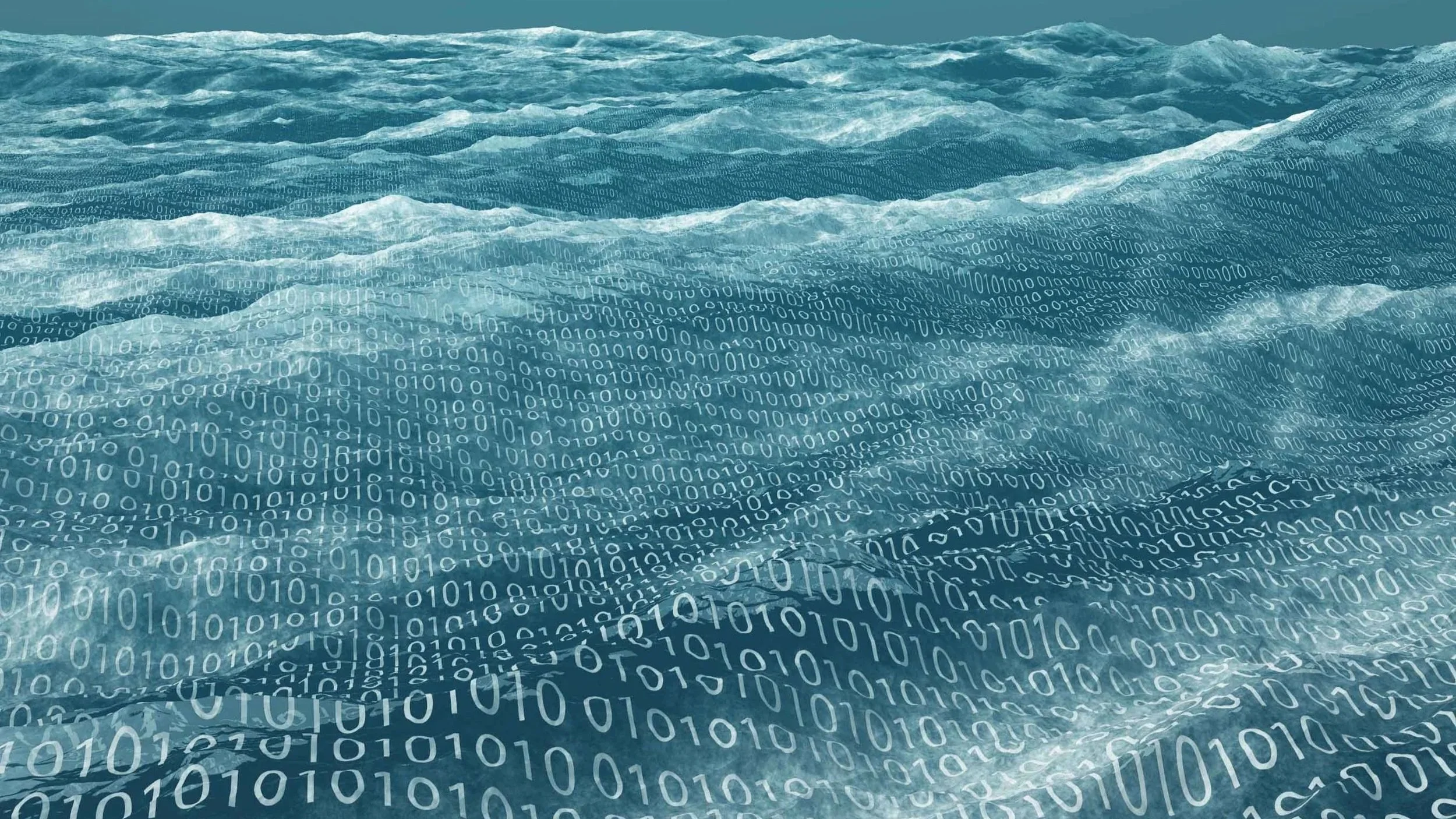3 things AI can’t (yet) do — and why that’s good for shipping!
2025 may well be remembered globally as the year AI became the talk of the town. Across industries, it has moved from experiment to everyday tool, and shipping is no exception. From predictive maintenance to route optimization and market analysis, AI is changing how decisions are made.
So far, much of the conversation has focused on what AI can do, but it is just as important to reflect on what it can’t do - at least not yet..!
1. Make judgment (‘gut-feeling’) calls
Shipping rarely operates in black and white. Data can tell you what happened, but not always why it happened. There are still moments where the spreadsheet looks right, but something feels off; a vessel that seems too good to be true, or a port call that feels riskier than it looks on paper.
That instinct comes from experience built over years of market exposure, negotiations, and lessons learned the hard way. AI can identify correlations and probabilities, but it can’t replicate the nuanced decision-making that happens when data meets real-world context.
2. Build trust and relationships
For all the advances in digital collaboration, shipping still runs on relationships. Deals are made between people who know each other, who have built trust through transparency, reliability, and a shared understanding of what’s at stake.
AI can help us communicate faster, gather insights, and make recommendations, but it can’t build trust. That comes from listening, by following through, and understanding what matters most to the person on the other side of the table.
As technology takes over more routine tasks that human connection becomes even more important. It’s what keeps partnerships resilient when markets shift or voyages do not go to plan.
3. Stay “curious” about what doesn’t yet exist
AI is great at finding patterns in what is already known. But innovation often begins with a blank sheet of paper and with questions that do not yet have data behind them. That is where human curiosity comes in. Progress in shipping has always depended on people willing to challenge assumptions, test ideas, and explore the “what ifs.” The same mindset applies to how digital tools are built. It’s not just about refining what works today, but about imagining better ways of working tomorrow.
AI can accelerate parts of that journey by helping us see connections faster. But deciding which problems to solve, and why they matter, still begins with people who understand the industry and are curious enough to ask the right questions.
Conclusion
At Klaveness Digital, we believe that progress happens when human insight and machine intelligence work together to solve the next generation of maritime challenges.
AI is already changing the way we work, but it will not replace the skills and qualities that form the cornerstone of shipping. Those remain distinctly human strengths. The real opportunity lies in using AI to enhance them, in freeing people from routine tasks so they can focus on what they do best: think critically, build relationships, and shape the future of shipping.

